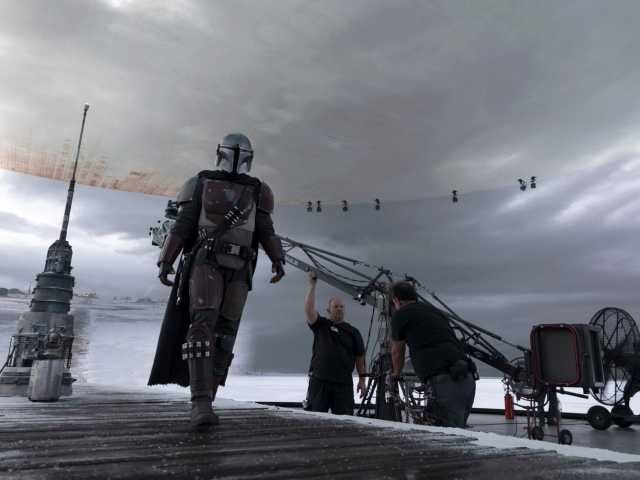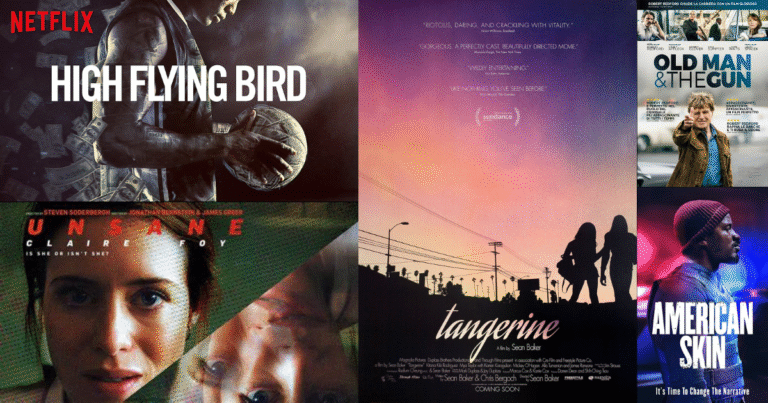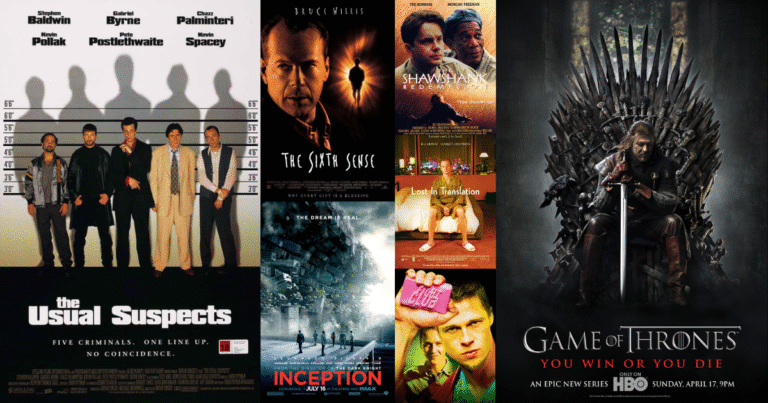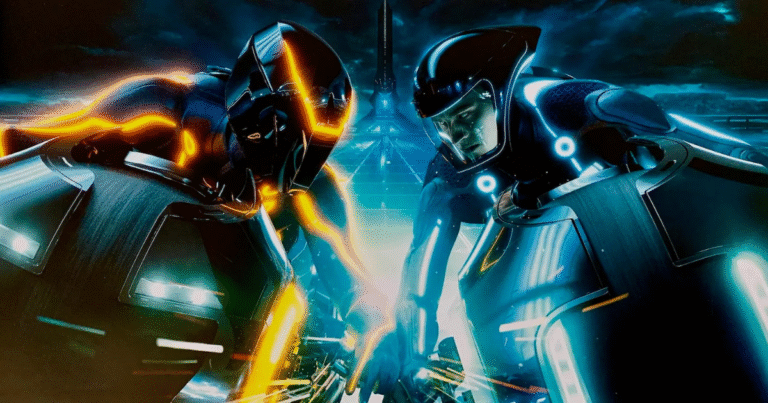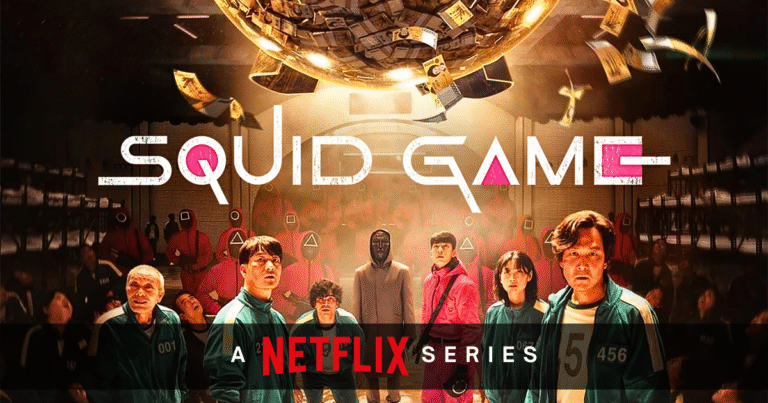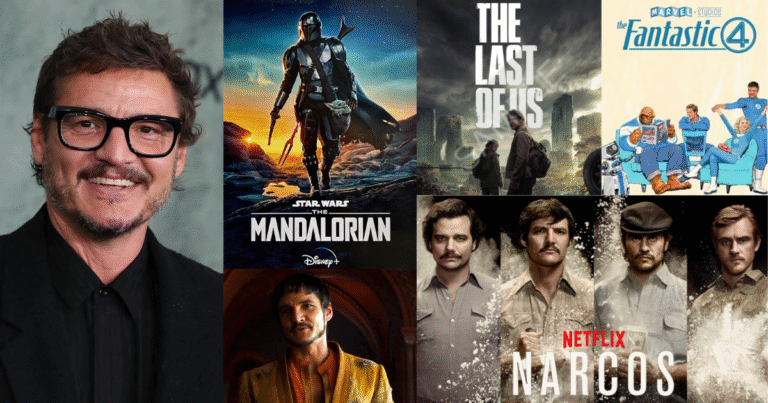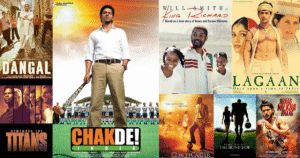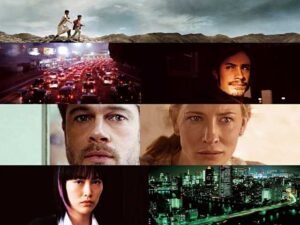In the world of filmmaking, technology is always moving forward. One of the most exciting changes in recent years is virtual production. This method is changing how directors, cinematographers, and VFX teams make movies. It blends real-time computer graphics with live-action shooting. And the results are stunning.
In simple words, virtual production helps filmmakers create scenes that were once expensive or even impossible to film. It saves time, money, and gives the director more control.
Let’s understand what virtual production is, how it works, and why it’s the future of filmmaking.
What Is Virtual Production?
Virtual production is a new way of making films where digital environments are created in real-time using powerful computer systems. These environments are shown on LED screens behind the actors during the shoot. The actors perform in front of these screens, and the camera captures them along with the virtual background — all at once.
So instead of shooting in a desert, a spaceship, or a fantasy world using a green screen and adding visuals later in post-production, filmmakers can now see and film the entire scene live on set.
This technology became widely known thanks to shows like The Mandalorian, where entire worlds were created virtually using LED volumes.
How Virtual Production Works
Here’s a simple breakdown of how virtual production happens:
- 3D Environment Creation
Artists build detailed digital worlds using software like Unreal Engine. These environments can be forests, cities, planets, or anything the story needs. - LED Volume Setup
Large LED screens are placed around the stage. These screens display the digital world in real-time. The visuals move and shift based on the camera’s position, making everything look natural. - Camera Tracking
Special equipment tracks the camera’s movement. This allows the virtual background to adjust its perspective live, just like in real life. So, if the camera moves left, the digital world moves with it. - Live Action Filming
Actors perform in front of the LED screens. The lighting, reflections, and environment feel real because the screens actually light the scene. - Real-Time Results
What the camera sees is almost final. Directors can see the finished shot during the shoot. There’s less need for post-production because much of the magic is already done.
Virtual production offers many advantages over traditional filmmaking methods:
1. Saves Time and Budget
Shooting on location is expensive. Traveling, setting up gear, waiting for the right weather — it all takes time and money. With virtual production, everything happens indoors in a controlled space.
2. Safer and More Flexible
Whether it’s a pandemic, extreme weather, or tough terrain, virtual production keeps the crew safe. You don’t need to send people to dangerous or remote locations anymore.
3. Better Creative Control
Directors can see exactly what the final shot will look like. They can adjust lighting, backgrounds, and camera angles instantly. There’s no guessing or waiting until post-production.
4. Faster Decision-Making
Because the results are visible on set, teams can take quicker decisions. Editors, VFX teams, and cinematographers can all work together live.
5. Realistic Lighting and Reflection
Unlike green screens, LED screens actually light the actors. This means better skin tones, real reflections in eyes or metal objects, and more believable visuals.
Virtual Production vs Green Screen
Many people wonder if virtual production is just a fancy green screen. But there are big differences:
- Green Screen: The background is added later. Actors perform in front of a plain green wall. This can make it hard for them to feel the environment.
- Virtual Production: The background is already there. Actors can see the setting, which helps them perform better. Lighting and reflections are real, not added later.
Famous Films and Shows Using Virtual Production
While virtual production is still growing, many big projects have already used it successfully:
- The Mandalorian (Disney+): This Star Wars series used LED volumes to shoot entire episodes without going to physical locations.
- The Batman (2022): Some of Gotham City’s night scenes were filmed using virtual environments.
- Avatar: The Way of Water: James Cameron used advanced virtual production techniques to bring underwater scenes to life.
- Game of Thrones: House of the Dragon: Several scenes used virtual sets to recreate castles and landscapes.
Even Indian filmmakers are now exploring this method for both films and ad shoots.
Virtual Production in India
India has a rich film industry, and many studios are now adopting virtual production. Cities like Mumbai, Hyderabad, and Chennai are setting up LED volumes and training VFX teams.
It’s a big opportunity for local filmmakers who want to create world-class visuals without going abroad or spending massive budgets. With growing talent in 3D design and real-time graphics, India could become a hub for virtual production in Asia.
Challenges to Keep in Mind
While virtual production is powerful, it’s not without its challenges:
- High Setup Costs: Building an LED volume and hiring skilled artists can be expensive. However, as demand grows, costs are expected to come down.
- Requires Team Training: Directors, DPs, and production crews need to learn new workflows. It’s a different way of thinking compared to traditional filming.
- Not Ideal for Every Scene: Some types of scenes, like close-up emotional moments, may not need a virtual background. The technique should serve the story, not replace good storytelling.
The Future of Filmmaking
Virtual production is not just a trend. It’s the future. As technology improves and becomes more affordable, more filmmakers will turn to this method.
It blends the best of both worlds — the creativity of animation with the emotion of live-action. It allows indie filmmakers to dream bigger and helps studios cut down costs.
We’re entering an exciting time where ideas no longer need to wait for the right weather, location, or budget. If you can imagine it, you can now film it.
Virtual production is transforming how movies are made. It gives filmmakers more power, saves time and money, and opens up endless creative possibilities. Whether you’re a film student, a director, or a movie lover, it’s worth learning about how this new technology is shaping the stories we see on screen.
As more people step into this space, the language of cinema will continue to evolve. And that’s the magic of filmmaking — it never stops growing.




